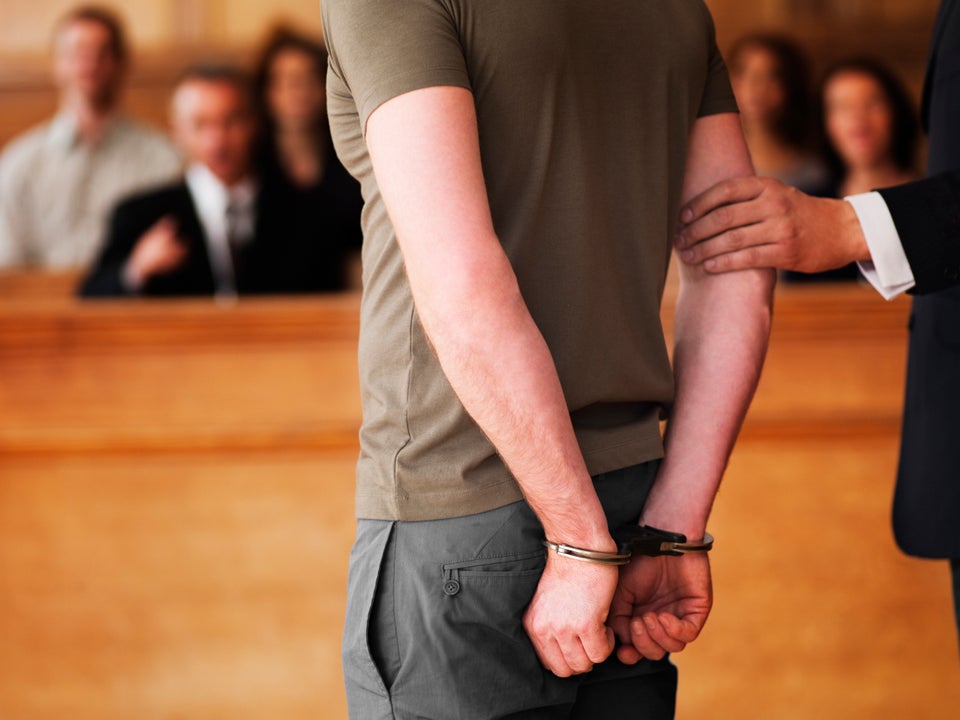If you've ever wondered if the American legal system favors the wealthy, look no further than Ardell Shaw.
When he was convicted of three drug charges in Washington state and sentenced to prison, he owed $1,800 in court fees -- $600 for each charge. Shaw told HuffPost Live on Wednesday that the judge had stated those charges could be paid after he became a free man once again.
Upon his release from prison 14 years later, however, that number had skyrocketed to $21,000 -- about a 1,066 percent increase. Shaw had been told during his 10th year behind bars that while he was serving the rules had changed -- those charges had been collecting interest at Washington's staggering rate of 12 percent.
"When I go to apply for a job, when I go to try to get a vehicle, or when I try to do anything where I need to run credit, they see I owe $21,000, and that makes it hard," Shaw said, also noting he frequently has to choose between basic everyday purchases, like food and gas, or paying off his legal financial obligations (LFOs).
Is it fair that someone who serves time might struggle for years beyond their sentence to find financial stability because of legal fees?
Shaw's post-prison uphill battle is not the rare exception. An investigation by NPR found that costs within the criminal justice system are increasingly being paid on the backs of defendants and offenders.
The outlet teamed up with New York University's Brennan Center for Justice and the National Center for State Courts to take a more comprehensive look at how legal fees are paid at the state level. They found that in at least 43 states and Washington, D.C., defendants can be billed for having a public defender, and in at least 41, inmates can be charged room and board for jail and prison stays.
It'd be one thing if every offender in the U.S. were a wealthy, educated adult. But Alexes Harris, a sociologist at the University of Washington, said that's far from the case.
"[People most likely to face arrest] tend to be people of color, African-Americans and Latinos," Harris told NPR. "They tend to be high school dropouts, they tend to be people with mental illness, with substance abuse. So these are already very poor and marginalized people in our society, and then we impose these fiscal penalties to them and expect that they make regular payments, when in fact the vast majority are unable to do so."
The New York Times reported that as many as 85 percent of inmates leave prison with debts from their time in court.
"[Moving on after serving time] is a hardship for me because of my financial situation," Shaw told HuffPost Live. "It leaves it to where, if I pay my LFOs, then I'm stuck with, I don't have enough money for gas or don't have enough money for food, or I'm short somewhere. So it's a hardship all by itself."


